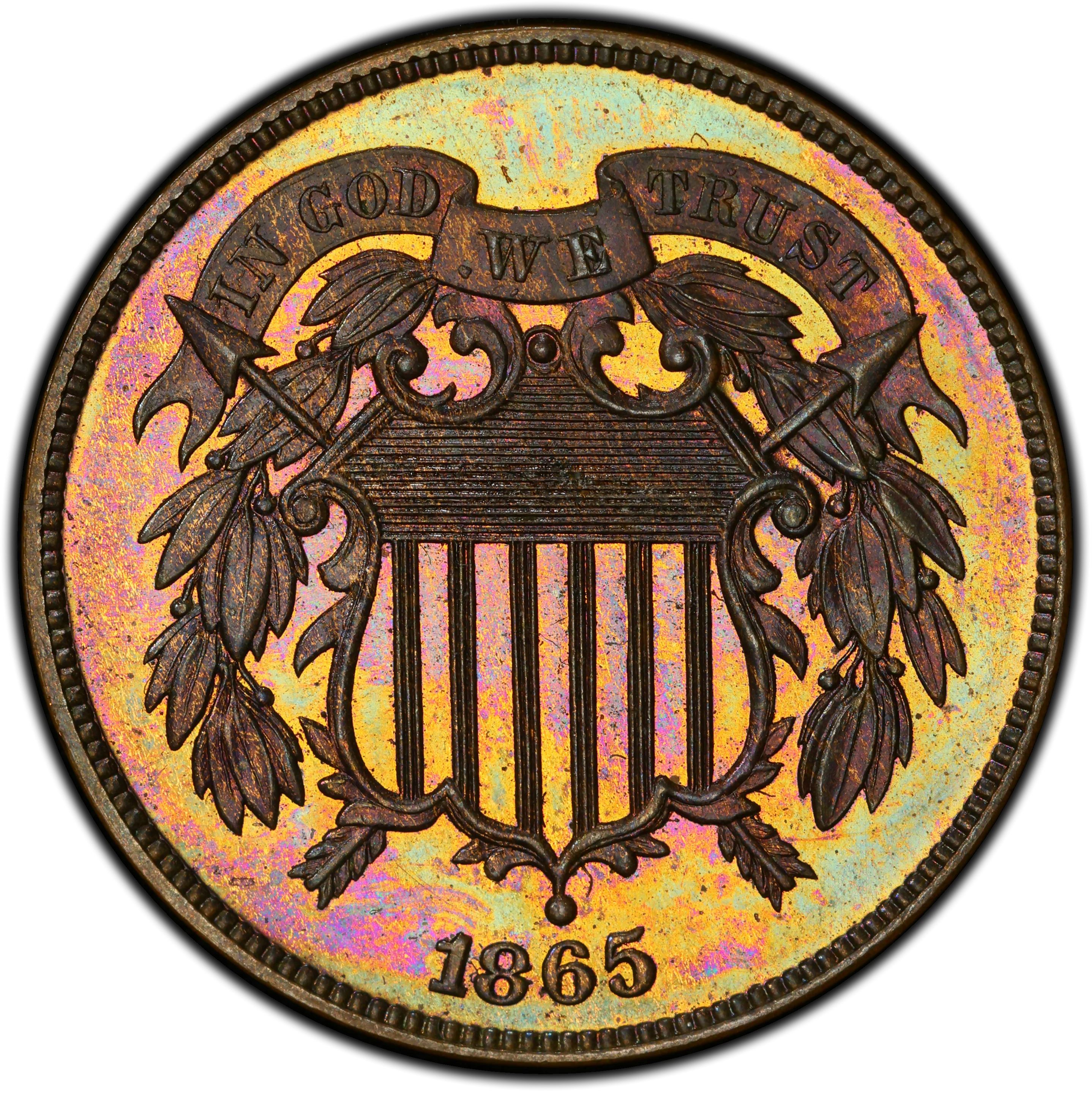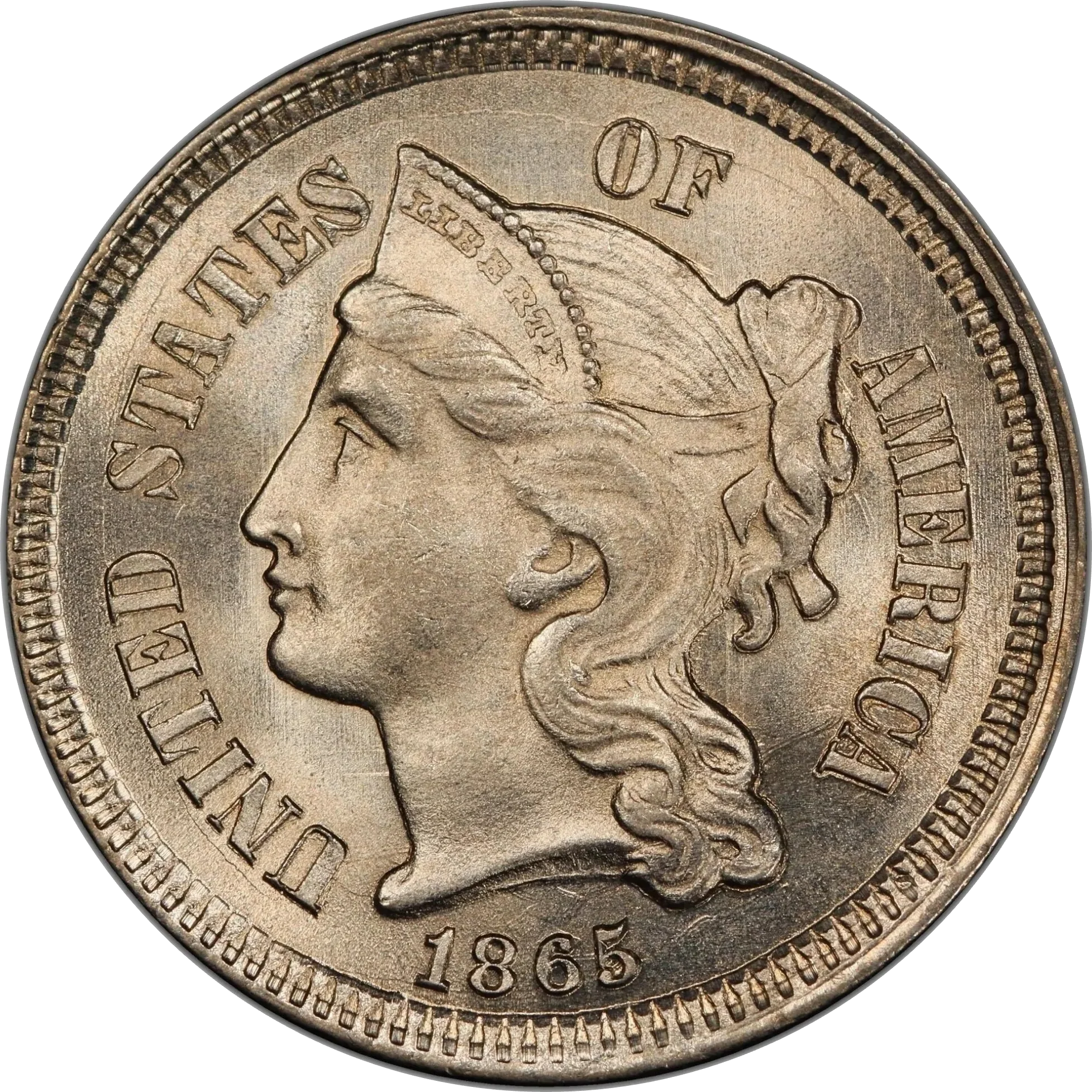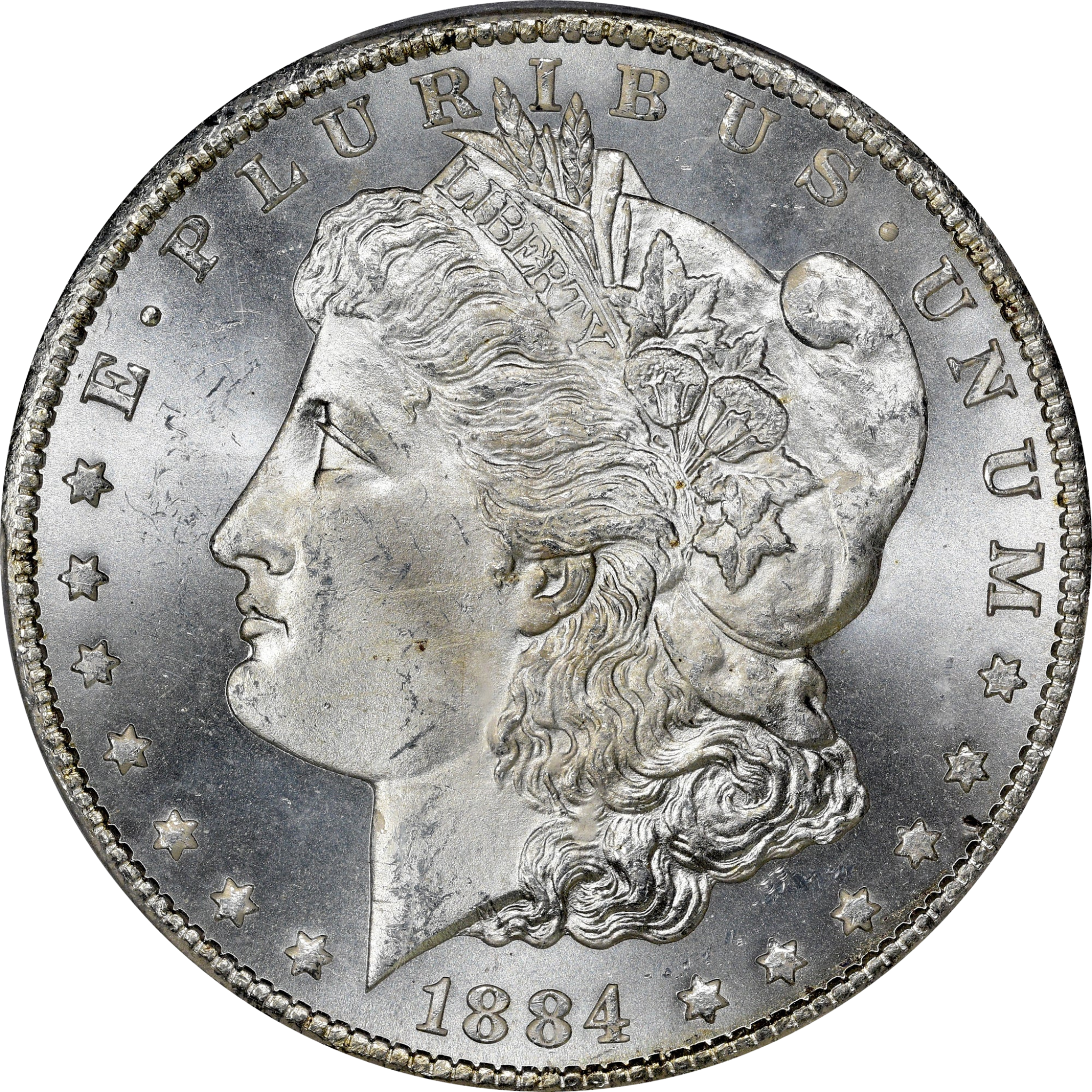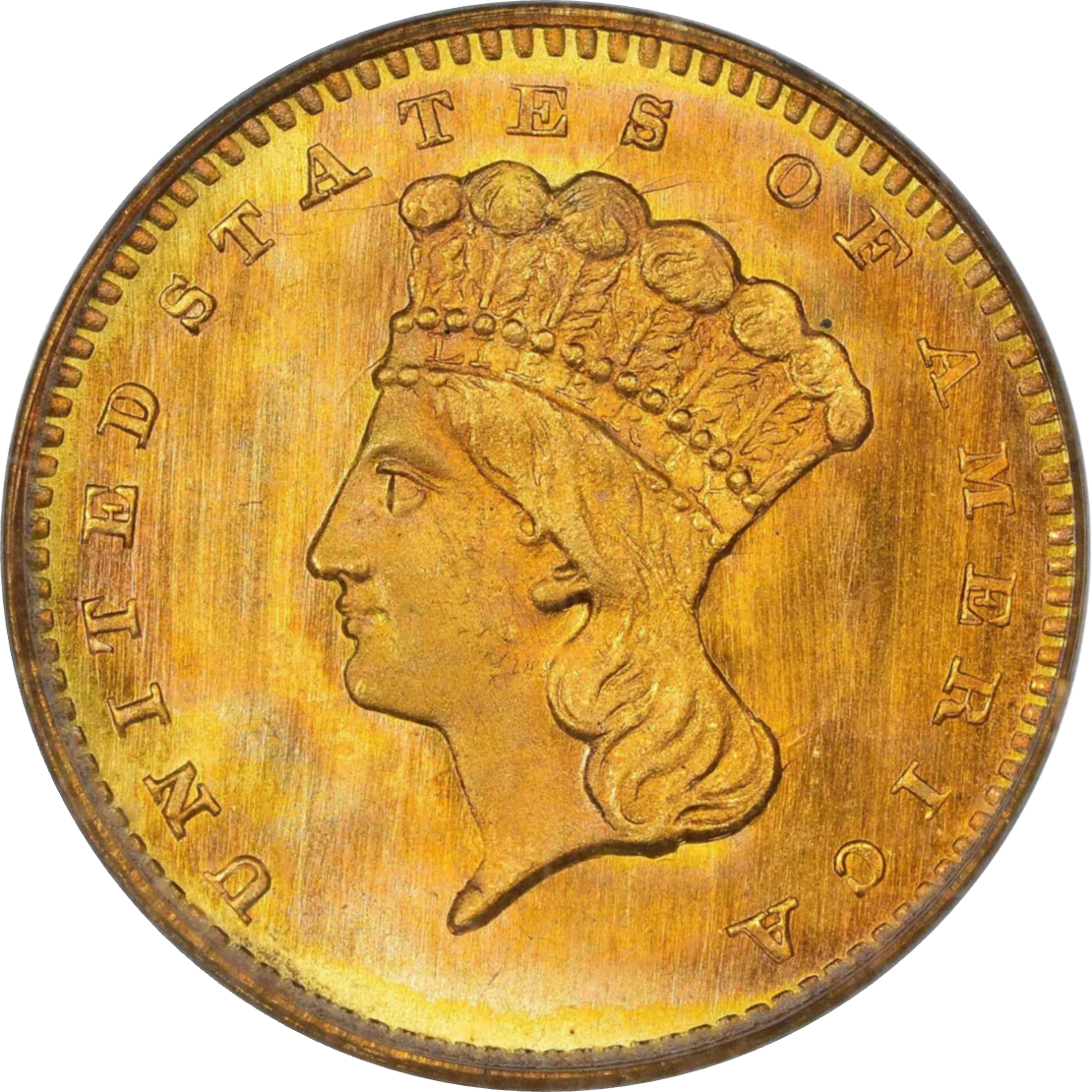Collection: Type 3, Capped Bust, Small Diameter (1829-1834)
No products found
View All Inventory
The introduction of the “close collar” in 1829 marked a pivotal refinement in the production of U.S. Half Eagles. Prior to this advancement, coins were struck using an “open collar,” which helped align planchets but did not constrain their diameter. With the adoption of the close collar, ... Read More
The introduction of the “close collar” in 1829 marked a pivotal refinement in the production of U.S. Half Eagles. Prior to this advancement, coins were struck using an “open collar,” which helped align planchets but did not constrain their diameter. With the adoption of the close collar, the U.S. Mint achieved uniform diameters and a more consistent strike, facilitating the standardization necessary for improving coinage production. This transition also prompted minor modifications to the dies, particularly in the denticles, outer rim, and lettering—yielding what numismatists now recognize as the Capped Head, Reduced Diameter Half Eagle subtype (1829–1834).
Despite slightly higher mintages than their large diameter predecessors, these Classic Head Half Eagles remain remarkably rare across the board. The standout key date in this series is the 1832 “12 Stars” variety—an issue even more elusive than the famed 1815 Half Eagle, with only a single piece certified by PCGS to date. By contrast, the most frequently encountered example is the 1834 “Plain 4,” which still remains scarce, with only 28 examples certified by PCGS as of May 2011.
The certified population for this entire subtype is extremely limited. PCGS has graded just 110 coins from 1829 to 1834 with the reduced diameter format. Of these, nearly 65% fall into Mint State grades—primarily MS62 and MS63—suggesting that many survivors were preserved in numismatic hands rather than subjected to circulation or melting. The finest known is an extraordinary 1831 Half Eagle graded MS66 by PCGS, a trophy-level coin by any standard.
Proofs of this design are extraordinarily rare and not known for all dates. When encountered, they typically exhibit either full mirrored surfaces or hybrid characteristics—where one side displays definitive Proof qualities while the other may appear more akin to an early Mint State strike. These rarities occupy a special niche in the early gold market and are coveted by advanced collectors and registry participants alike.
For collectors assembling a U.S. gold type set or pursuing the classic Capped Head design, the Reduced Diameter Half Eagle offers both challenge and prestige. Its low population, consistent eye appeal in Mint State, and representation of a key transitional era in U.S. coinage make it an essential inclusion. ParadimeCoins.com offers select examples of these elusive issues, expertly vetted for originality, strike detail, and surface quality—ideal for investors and numismatists focused on tangible, historically significant assets.
... Read Less








